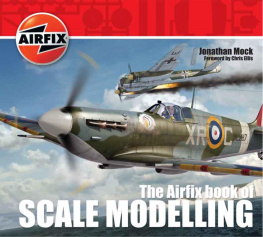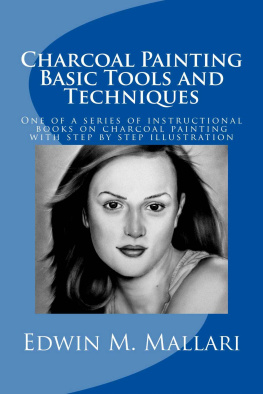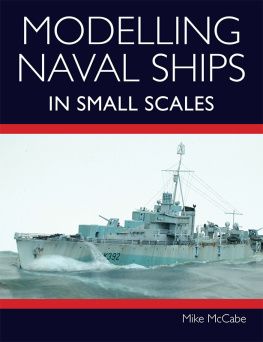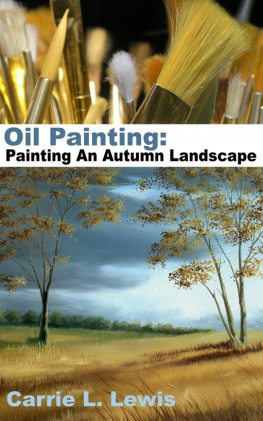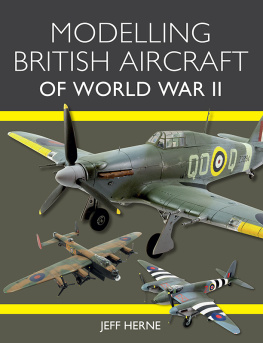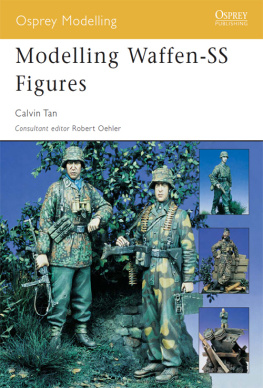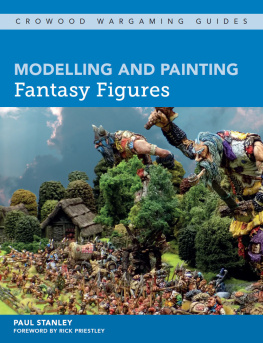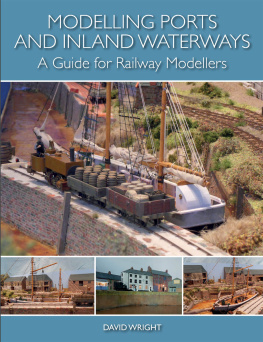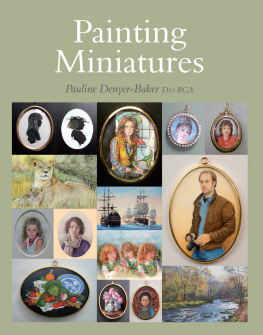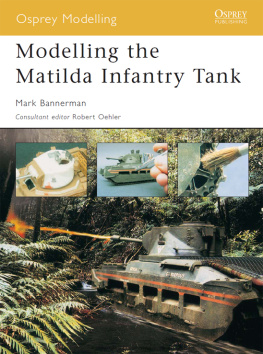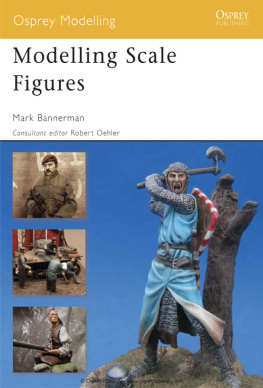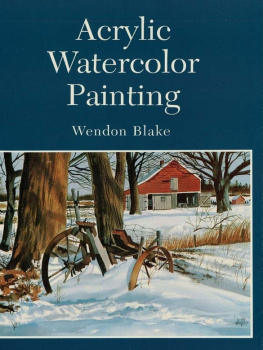Page List
MODELLING AND PAINTING
Science Fiction Miniatures

MODELLING AND PAINTING
Science Fiction Miniatures
PAUL STANLEY
FOREWORD BY RICK PRIESTLEY

First published in 2021 by
The Crowood Press Ltd
Ramsbury, Marlborough
Wiltshire SN8 2HR
www.crowood.com
This e-book first published in 2021
Paul Stanley 2021
All rights reserved. This e-book is copyright material and must not be copied, reproduced, transferred, distributed, leased, licensed or publicly performed or used in any way except as specifically permitted in writing by the publishers, as allowed under the terms and conditions under which it was purchased or as strictly permitted by applicable copyright law. Any unauthorised distribution or use of this text may be a direct infringement of the authors and publishers rights, and those responsible may be liable in law accordingly.
British Library Cataloguing-in-Publication Data
A catalogue record for this book is available from the British Library.
ISBN 978 1 78500 827 6
Foreword
What an unexpected treat to discover that Paul Stanley has added a brand-new volume to the Crowood Wargaming Guide series this time covering a wide range of science fiction and futuristic subjects. Gamers, collectors and painters who already possess Pauls excellent first volume will rightly anticipate a book crammed with much practical information, enlightened by the experience of one of our premier painters and modelling experts. Well here it is not only a wonderful resource of ideas and techniques, but beautifully photographed and illustrated to boot.
Despite the encroachment of technology upon our everyday lives, the fascinating hobbies of model making, painting and tabletop gaming continue to flourish as never before. When it comes to the kind of futuristic subjects presented in this volume our inspiration may come from movies or TV, or perhaps from the pages of a book and let us be grateful that paper technology has not yet been surpassed by video and the wonders of the internet.
Nonetheless, more than any other genre, science fiction continues to evolve apace, its ever-changing vision reflecting our hopes and dreams, and sometimes our very darkest fears. Perhaps it is because the realm of science fiction remains uniquely the stuff of our imagination that it attracts our attention as it does: endeavours that have yielded some of the very best by way of model design, games of all kinds, painting, diorama building and terrain making.
It is curious to reflect that many of the materials now available to the aspiring modeller and painter were themselves the stuff of science fiction not so many years ago. Some are improvements upon time-honoured materials such as paints and adhesives; others are recent developments such as weathering powders and pre-prepared washes and dips. All of these are considered and their various uses described and illustrated.
Modern paints and adhesives certainly make life easier for all of us, whatever our aim or level of skill. Developments in materials have inspired experienced modellers to invent new techniques, such as the Zenith Primer method of reproducing directional lighting effects. Another spur to our efforts comes from the quality and availability of modern commercial model kits, whether plastic, metal or resin, exhibiting a level of detail and finesse of finish far surpassing those offered for sale in times not far past. What better time could there be to re-consider the methods and techniques of our hobby in a fresh light?
This volume comprises an up-to-date guide to the world of science fiction collecting, painting and modelling, and will no doubt find its way onto the bookshelves of both aspiring artists and experienced brush-smiths alike. It is a book that is crammed with ideas as well as a great deal of practical information. Basics like assembly and preparation are covered in a clear, no-nonsense way, whilst more advanced concepts such as converting and sculpting detail are described and illustrated with clear photographs. Machines of all kinds loom large in the science fiction genre and receive their proper due here too, with a whole chapter devoted to assembling and converting vehicles, and another to painting both vehicles and armoured men and machines. For diorama builders and those who want to take their modelling a step further, advanced detailing and weathering are considered too.
All this, illustrated in the most generous and beautiful manner, gives us a book that is a treat to look at; and who cannot but be inspired by the sight of such gorgeous and expert modelling, carefully selected and professionally photographed? Anyone seeking to put together a collection for gaming purposes will find all the practical advice they could hope for. Artists and modellers looking to expand their skills will discover new ideas that will enable them to meet whatever challenges they have set themselves.
Whatever our aspirations we are surely lucky indeed to have such a dedicated and thorough exponent of miniature artistry to guide us.
Rick Priestley
Preface and Acknowledgements
Having completed my first book for Crowood, Modelling and Painting Fantasy Figures, I now have the privilege of presenting my second, Modelling and Painting Science Fiction Miniatures, which in many respects can be considered a companion to the first. Indeed, for many wargamers of my generation the two genres are inseparable, having grown up with an obligatory collection of miniatures that not only included models for Fantasy RPGs (Role Playing Games) but SF (Science Fiction) role playing also.
Although other wargaming rules were in existence at the time, playing SF or fantasy tabletop wargames in the early 1980s meant my friends and I were initially using rules with a focus that was predominantly on role-playing. These included Advanced Dungeons and Dragons by E. Gary Gygax (AD&D), which satisfied our desire to indulge in fantasy, and two SF RPGs: Traveller, published in 1977 by Games Designers Workshop, and Spacefarers, published in 1981 by a similarly named but unrelated company called Games Workshop Ltd.
The latter of these two companies would, unbeknown to us at the time, go on to become a household name and was, at the time, responsible for introducing my generation to a smorgasbord of games and miniatures in both the fantasy and SF genres. The miniatures that we collected and painted were produced to accompany games such as Battlecars, Doctor Who, Judge Dread and Paranoia until the emergence of Warhammer 40,000 Rogue Trader in 1987 a game that evolved into Warhammer 40K or WH40K as we know it today. Little did we realize what would transpire, as we saved up our pocket money for the release in 1985 of a handful of unassuming, limited edition, SF models by Citadel Miniatures. Models such as LE01 Space Orc, LE02 Imperial Space Marine and LE06 Space Santa were the three that I was proud to own and in fact still do, all these years later.

A Cthulhu adventure game typical of those played in the 1980s by the young author, where models of non-player characters were painted black to maintain a sense of mystery.



